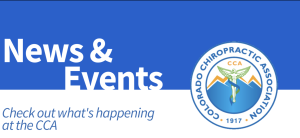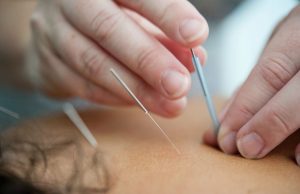
The Future of Orthopedics is Now
Whatever condition you are dealing with, there are more non surgical options than ever to help you get out of pain. The field of regenerative orthopedics is constantly expanding and we are doing our best to provide these incredible treatments for our patients. You no longer need to live with chronic pain because the future of orthopedics is now.









